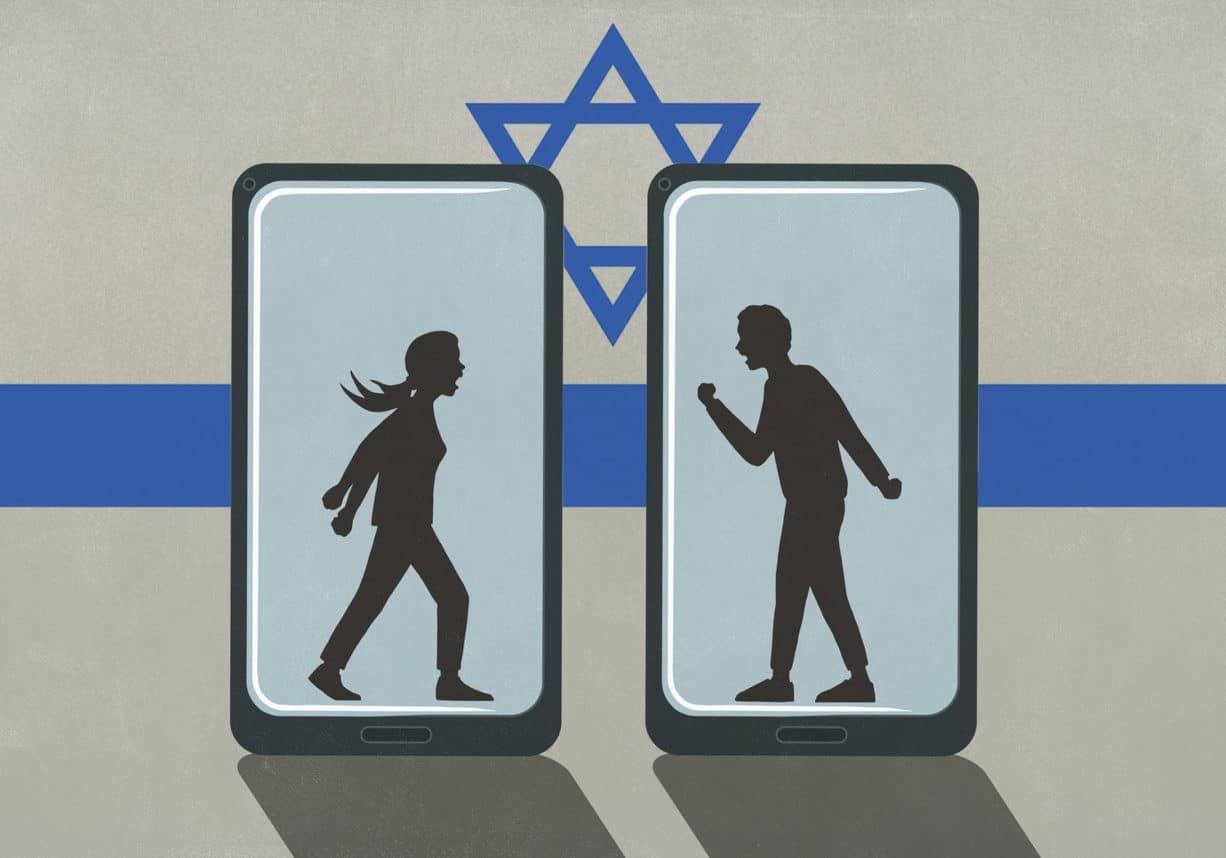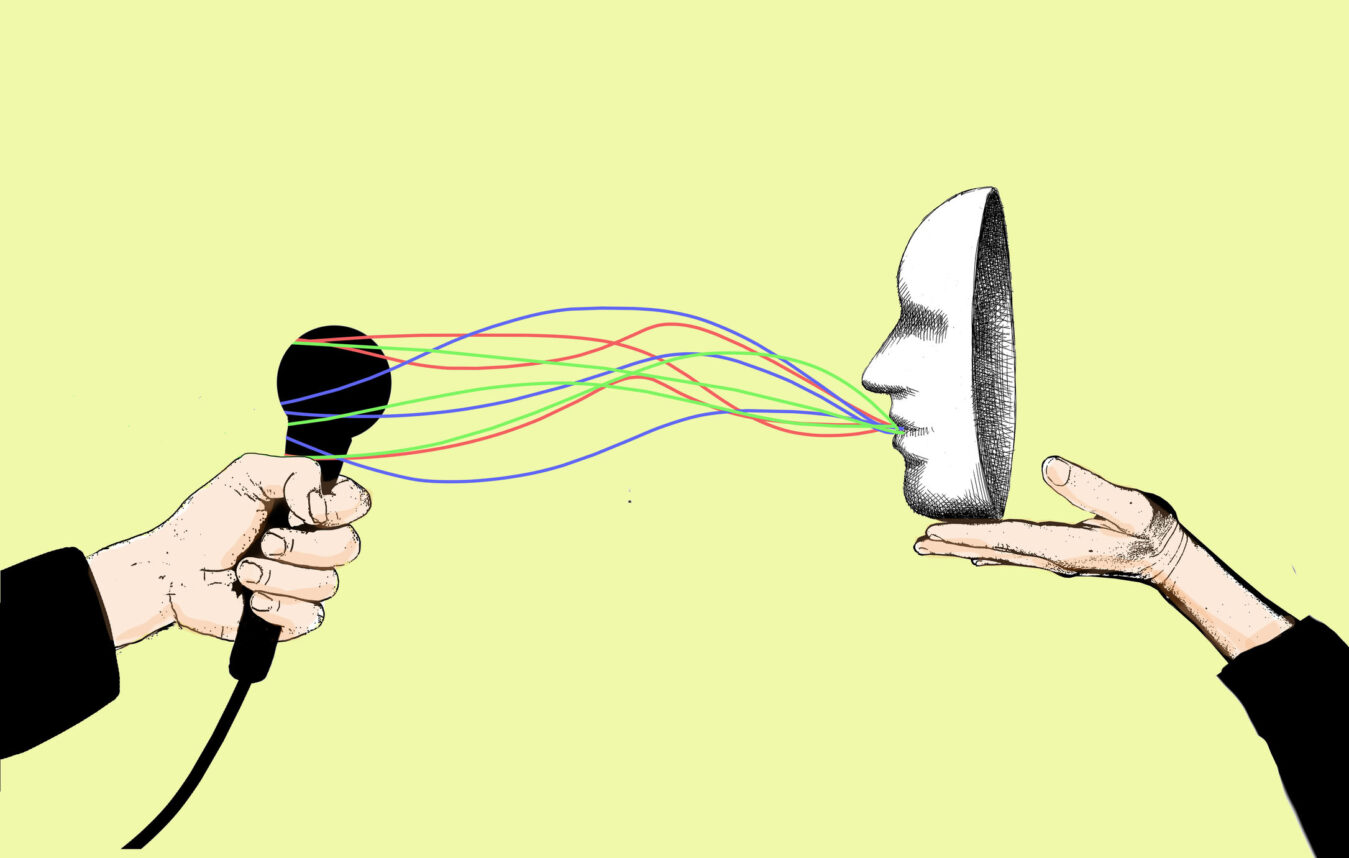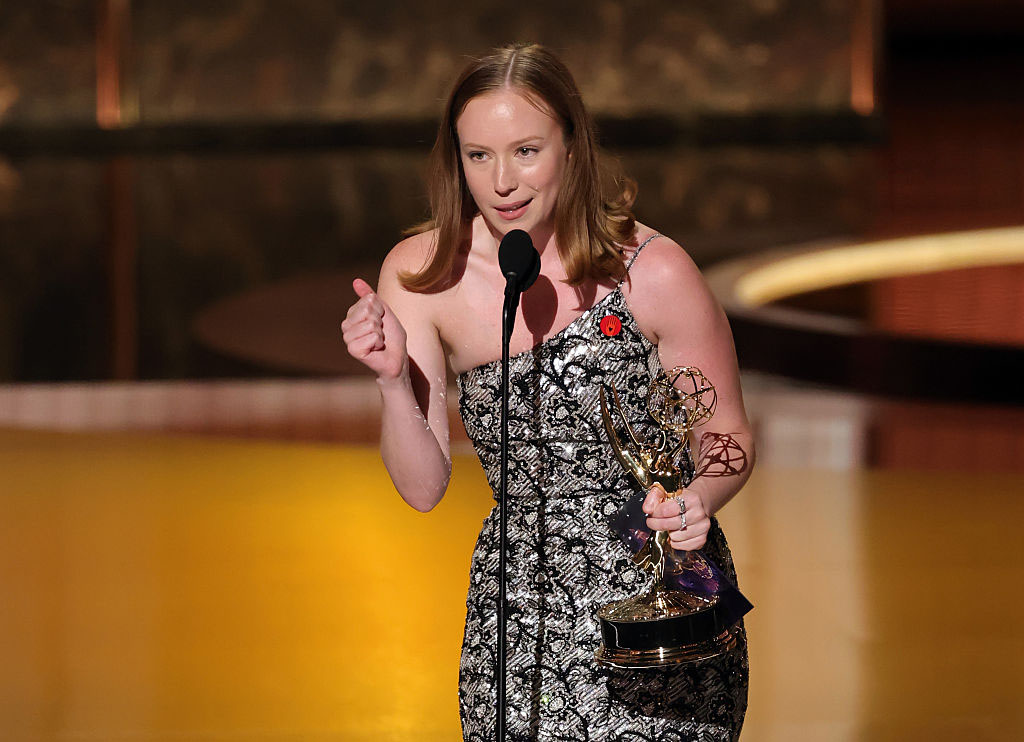It is telling that the chapter titles in Neal Gabler’s “Barbra Streisand: Redefining Beauty, Femininity, and Power,” the latest book in the Jewish Lives series from Yale University Press, are given in transliterated Yiddish (and sometimes Yinglish) — “Shaynkeit,” “Mieskeit,” “Chutzpah,” “Tsezingen Zikh,” and so on. Gabler wants us to see Streisand not only as an American performer of sublime achievement and iconic stature, but at the same time “the most Jewish of Jewish actresses.”
“[N]o one who looked like Streisand or had Streisand’s obvious ethnicity, that double whammy of Judaism and Brooklyn … had ever become an American movie star, certainly not a dramatic star, and Streisand would become the biggest,” he writes. “She wasn’t Hollywood. She was Brooklyn. She wasn’t them. She was us.”
No one is better equipped to ponder the Jewish origins of Streisand than Gabler, author of “An Empire of Their Own: How the Jews Invented Hollywood,” a benchmark history of the role that Jews and Jewishness played in the American film industry. “Of course, there had been other Jewish stars before Streisand,” he writes in “Streisand,” but Jewish entertainers were typically comedians who played their Jewishness for laughs, or they were actors who camouflaged their Jewishness.” Then Streisand came along, the Flatbush girl called “Big Beak” by her classmates yet who refused to prepare for her career by first visiting a plastic surgeon. Indeed, she embraced the characteristics that set her apart: “She was the entertainer of the marginal, the disenfranchised, the disadvantaged, the disaffected, the put-upon, and, not least of all, the different.”
Streisand started out with a gift that turned out to be far more valuable than a bobbed nose. According to film critic Pauline Kael, Streisand proved that “talent is beauty,” and she moved playwright Tennessee Williams to affirm, “She makes me believe in my talent because she so passionately believes in and shares her own.” Gabler himself compares the rare quality of her performances on stage and screen to “Marlon Brando’s brooding iconoclasm, Sinatra’s cool, the Beatles’ irreverence,” but he goes even further in his praise, declaring her to be “arguably the most important entertainer of her time.”
Gabler reprises Streisand’s life story, but he announces that his real goal was to write as much “a biography of the metaphor that we have come to know as ‘Streisand’ as of the woman herself,” if only because “Streisand is so much more than Streisand.” Thus, for example, he describes the death of her father at an early age and the remarriage of her mother to a verbally abusive stepfather not merely as biographical facts, but as way to understand “the feeling of Dickensian anguish into which young Barbra was thrust” and a clue to her remarkable drive to remake her world. “What all the abuse, ridicule, and hostility also fueled was a growing hunger, almost a desperation, for recognition,” Gabler writes.
She may have been desperate for fame and success, but she wanted it only on her own terms. Here, too, Gabler sees in her origins the explanation for the diva she would become. “Streisand had contempt for nearly everyone — a contempt born of the contempt she had had to endure and that she gave back, no doubt, simply to prove that she could,” he writes. “Streisand was supposed to be grateful, humble, a poor girl anointed. She was none of these things.”
Gabler points that out many of Streisand’s “mentors and acolytes” were Jewish, and for them she became “the Jews’ Jew, the woman whose lack of shame over being Jewish, whose flagrant display of her Jewishness, was empowering.” The fateful decision to leave her nose alone was both “an act of professional bravery” and “her greatest assertion … of her Jewishness,” according to Gabler, who frequently comments on the role of that famous proboscis in the Streisand saga. So it is ironic that she stumbled badly in “Yentl,” a movie based on a story by Isaac Bashevis Singer, who later trashed her acting and directing efforts in The New York Times. The most explicitly Jewish of her movies was dismissed by one critic as “Tootsie on the Roof.”
The ending note of Gabler’s superb book is not without a certain pathos. He points out that when Streisand returned to the screen after a long absence, in “Meet the Fockers,” a low comedy in which she plays “an oversexed Jewish mother,” the film was denounced as “a flagrant defamation of Judaism” by the same Orthodox rabbi who had served as her adviser on “Yentl.” After persuasively celebrating her gifts and achievements at length and in detail, perhaps the saddest fact Gabler reports is that “Meet the Fockers” turned out to be the highest-grossing movie in Streisand’s otherwise distinguished half-century career.
Jonathan Kirsch, author and publishing attorney, is the book editor of the Jewish Journal.


































